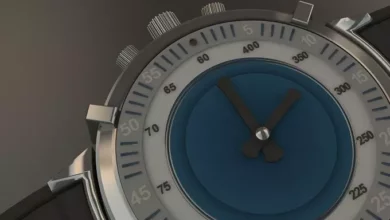Scythian idols are witnesses of time travel

In time travel, the most difficult thing is not to get to the past or the future. It is essential to go back to exactly the same time from whence one began the journey. Otherwise, one may simply fall out of one’s causal chain irrevocably or become embedded in a causal chain different from the original one.
To avoid such mishaps, every traveler must remain connected to the moment of departure in his or her present. To have a kind of grounding along which, as the path of least resistance, one can “flow” back at any moment.
On the frescoes and papyruses of ancient Egypt, you can find a strange element in the clothing of the gods or pharaohs. The likeness of a tail, present at the back of a character in the process of some kind of change.
It is always a pacing figure. That is, being in two places or states at the same time. In some temple paintings, the “tail” is painted in three recurring colors. Denoting the “pillar of Jed”-Osiris, ruler of the realm of eternal perfection. What technology allowed the Egyptians to be in more than one place at the same time is unclear. But sculptural images of figures with ground strips on their backs, created from the IV to II millenniums BC, are found in large numbers in the steppes of the middle east.
Called “Scythian women” because of the total ignorance of the time of creation and purpose, these ancient statues are chaotically scattered over a vast, always deserted territory.
With a good state of preservation, they look like in the photo. On the back, they have a distinct “tail” or “braid” starting from the neck or head hoop.
A similar statuette (only made more carefully) was found during the excavations of the Sumerian city. It is believed that it represents the goddess Inanna.
A ground wire – reminiscent of the cable that connects an astronaut going into outer space with his ship – is also present.

But most detailed is the “time lock” on the back of the famous Kernosov idol (ca. III thousand years BC), found in the mounds of the Black Sea region in the 70s of the twentieth century.
To explain the presence of a tail resembling an embryonic rudiment on all the above artifacts, none of the scientists is not even trying.
The rays dissecting space behind Kernosov’s grandfather must symbolize space because scientists consider the rays superimposed as oblique cross bars to be a symbol of heaven and time.
Travelers always found an exit point away from human settlements to avoid panic among the local population. But apparently, when nomadic tribes witnessed human beings appearing out of thin air, they left monuments in those places. Sculptures devoid of facial features, with a band stretching along the back and an incomprehensible object in their hands folded in front of their bellies.
According to the Poincaré hypothesis proved by Grigory Perelman, all dimensions above the three-dimensional tend to curl up into a ball. So time (the 4th dimension) is cyclic and spherical. This means mathematically proving the possibility of moving to the past, moving to the distant future. Such a movement makes us think about managing the development of human civilization by representatives of future generations.




